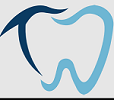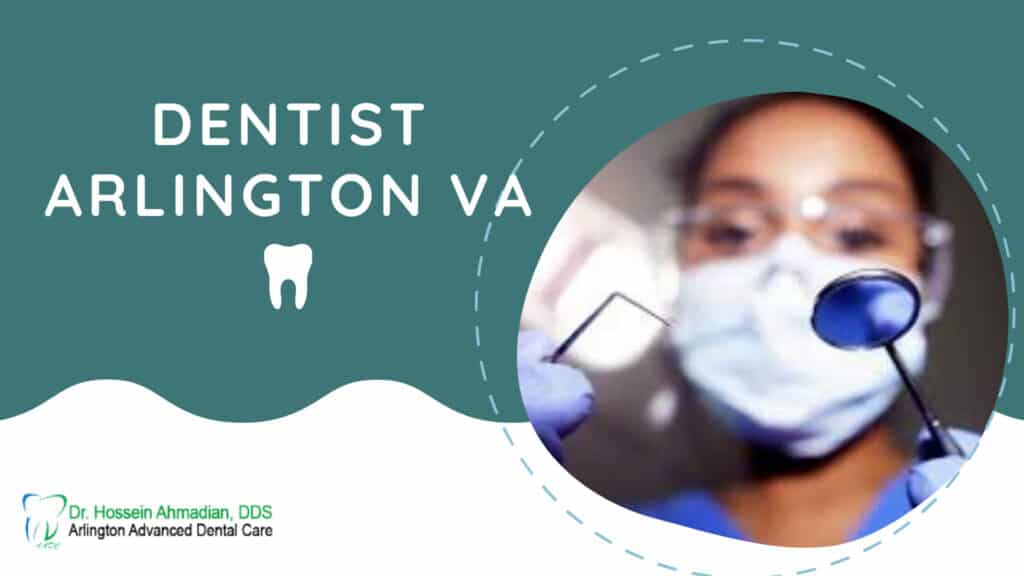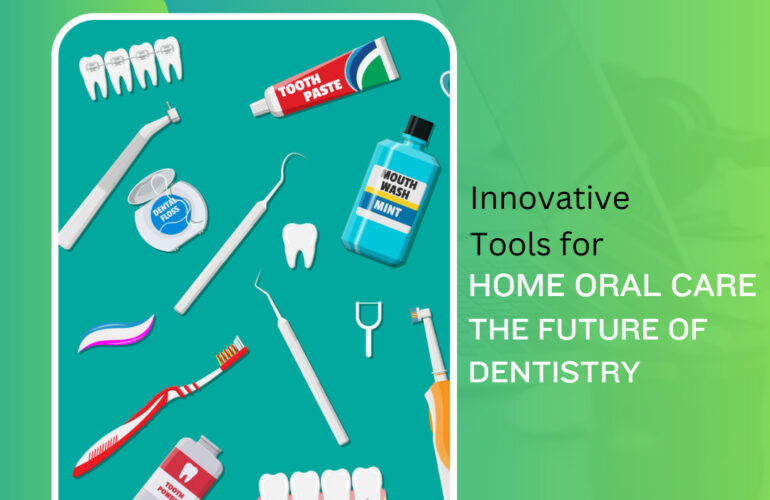Introduction
Proper brushing techniques are essential for maintaining optimal dental health. While most of us brush our teeth regularly, there are advanced techniques that can further enhance the effectiveness of our oral hygiene routine. In this blog post, we will explore some of these advanced brushing techniques that can help prevent dental issues and promote a healthier smile.
The Importance of Brushing Techniques
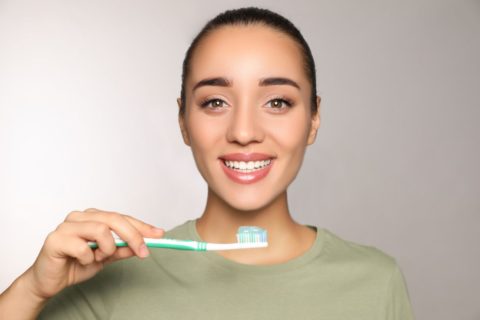
Proper brushing techniques play a crucial role in maintaining optimal dental health. By adopting advanced brushing techniques, you can effectively remove plaque, prevent cavities, and keep your gums healthy. Here are some expert-recommended techniques to enhance your brushing routine:
Choosing the Right Toothbrush
Start by selecting a toothbrush with soft bristles and a comfortable grip. The size of the brush head should be appropriate for your mouth, allowing you to reach all areas easily.
The Two-Minute Rule
Brushing your teeth for at least two minutes is essential to ensure thorough cleaning. Divide your mouth into four quadrants and spend 30 seconds on each quadrant, paying equal attention to all teeth surfaces.
Proper Brushing Technique
Hold your toothbrush at a 45-degree angle against your gum line. Use gentle, circular motions to clean the outer and inner surfaces of your teeth. Don’t forget to brush the chewing surfaces and the back of your molars.
Brushing the Gum Line
Plaque buildup along the gum line can lead to gum disease. To clean this area effectively, tilt your toothbrush vertically and use short, gentle strokes to remove plaque and debris.
Don’t Forget Your Tongue
Brushing your tongue is an important step in maintaining oral hygiene. Gently brush your tongue from back to front to remove bacteria and freshen your breath.
The Right Toothpaste
Choose a toothpaste that contains fluoride to strengthen your tooth enamel and protect against cavities. If you have specific dental concerns, such as sensitivity or gum disease, opt for toothpaste designed to address those issues.
Flossing and Mouthwash
While brushing is crucial, it should be complemented with flossing and mouthwash. Flossing helps remove plaque and food particles from between your teeth, while mouthwash kills bacteria and freshens your breath.
Summary
Regular brushing is a fundamental part of maintaining good oral hygiene, but incorporating advanced brushing techniques can take your dental health to the next level. By implementing these techniques, you can effectively remove plaque, prevent gum disease, and maintain a brighter smile. In this blog post, we will discuss various advanced brushing techniques, including the modified bass technique, the roll technique, and the Fones technique. We will also provide tips on choosing the right toothbrush and toothpaste, as well as the importance of regular dental check-ups. By following these advanc Check Out Your URL ed brushing techniques and maintaining a consistent oral care routine, you can achieve optimal dental health and enjoy a confident, healthy smile.
- Q: What are advanced brushing techniques?
- A: Advanced brushing techniques refer to specific methods and movements used during brushing to ensure optimal dental health.
- Q: Why are advanced brushing techniques important?
- A: Advanced brushing techniques help remove plaque more effectively, prevent gum disease, and maintain overall oral hygiene.
- Q: What is the recommended brushing technique?
- A: The recommended brushing technique is the modified Bass technique, where the bristles are angled towards the gum line at a 45-degree angle and small circular or vibrating motions are used.
- Q: How long should I brush my teeth?
- A: It is recommended to brush your teeth for at least two minutes, twice a day.
- Q: Should I use a manual or electric toothbrush for advanced brushing techniques?
- A: Both manual and electric toothbrushes can be used for advanced brushing techniques. However, electric toothbrushes with oscillating or rotating heads may provide better plaque removal.
- Q: Are there any specific areas I should focus on while brushing?
- A: Yes, it is important to focus on all tooth surfaces, including the outer, inner, and chewing surfaces. Additionally, pay attention to the gum line and hard-to-reach areas at the back of the mouth.
- Q: How often should I replace my toothbrush?
- A: It is recommended to replace your toothbrush every three to four months or sooner if the bristles become frayed or worn.
- Q: Can advanced brushing techniques replace flossing?
- A: No, advanced brushing techniques cannot replace flossing. Flossing is essential for removing plaque and debris from between the teeth and along the gum line.
- Q: Should I consult my dentist for guidance on advanced brushing techniques?
- A: Yes, it is always a good idea to consult your dentist or dental hygienist for personalized guidance on advanced brushing techniques based on your specific oral health needs.
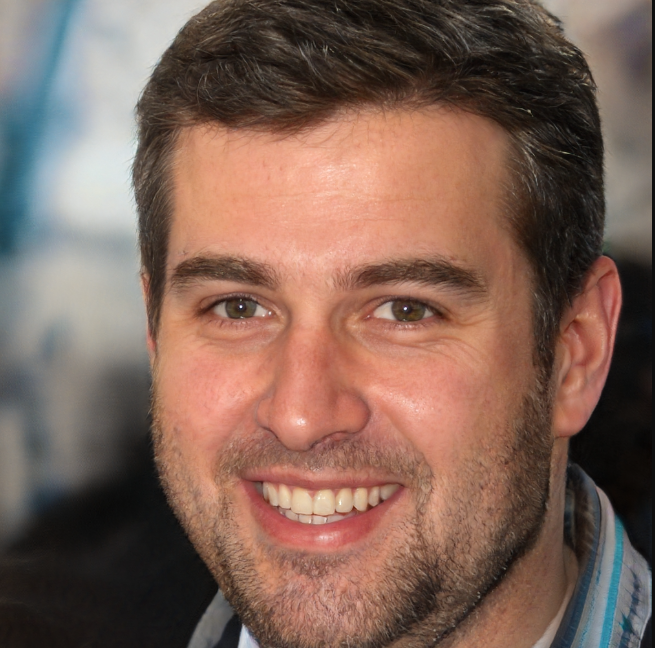
Welcome to my website! My name is Ben Stout, and I am a dedicated and passionate Dental Hygienist with years of experience in the field. I am thrilled to share my knowledge and expertise with you through this platform.
As a Dental Hygienist, my primary goal is to ensure optimal oral health for my patients. I firmly believe that a healthy smile is not only aesthetically pleasing but also crucial for overall well-being.
